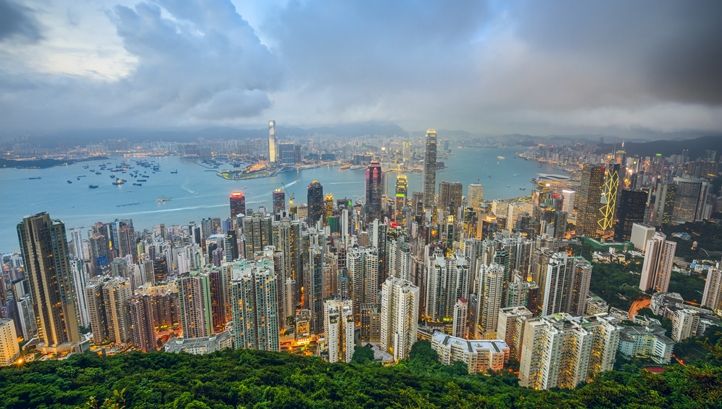Building the Sustainable Megacity of the Future
Published on by Water Network Research, Official research team of The Water Network in Social
It is important to consider exactly how the world's megacities can make the transition to low-carbon, resource efficient hubs that can facilitate sustainable business growth.
Blog by David Smith

The idea of the megacity is not new to our rapidly urbanising world: there are currently 425 metropolitan areas of one-million-plus people, with 650 expected by 2025.
These concentrated masses of population promise to be hotbeds of innovation, creativity, and prosperity. The danger, however, is that we are failing to recognise the vast challenges these communities face over the next two decades, not least from climate change, energy and water resources, and food security.
One of the largest misconceptions when talking about the impact of climate change on densely populated areas is that it is mainly an issue of concern for the third-world. Last year, scientists at the Potsdam Institute for Climate Impact Research (PIK) announced that among the major cities threatened by rising sea levels are New York, Mumbai and Shanghai. It’s clear that the environmental threat to our cities is global.
Large and densely populated cities can be very resilient and resource efficient. We have already begun to harness the technological developments of the past 20 years to make our cities more interconnected, sharing our innovation and creativity.
Developments like mobile computing, predictive big data analysis, crowd-centred data aggregation and the Internet of Things have already started to change the way we live. The question is whether they will enable integration or lead to instability.
Over time, the systems we will build to secure our megacities could in fact eventually drive us into insecurity, leaving our communities more fragile as leadership teams struggle to understand how to govern an innumerable and interconnected world.
If city leaders have the vision to embrace such interconnectedness, the picture becomes a lot brighter. We can start to see a more positive scenario outcome where, at city level, the boundaries between water, energy and food production will become blurred and disappear relatively quickly, giving way to highly integrated, holistic strategies focused on innovation and resilience.
Turning megacities into creative cities is hugely important if the challenges we face are to be addressed. This where leadership is crucial. If city leaders can focus renewing old urban infrastructure so that is resilient, integrated and decentralised, there may be great opportunities to closely link energy, water and food production. This would see more holistic, more sustainable growth in urban areas.
This approach is not purely about protecting communities. It will also serve to attract the influx of modern day investors willing to invest capital on climate risk to drive further innovation and sustainable economic development.
The question at hand is perhaps one of the most important questions the world faces: do city leaders have the vision to meet these challenges?
For a sustainable, secure and prosperous future for the cities of the future, the answer we must hope for is ‘yes’.
Full blog originally posted at Edie
Media
Taxonomy
- Urban Agriculture
- Technology
- Smart City
- Urban Water
- Energy Efficiency
- Urban Water Supply
- Integrated Infrastructure
- Landscape & Urban Design
- Eco-City Development
- City